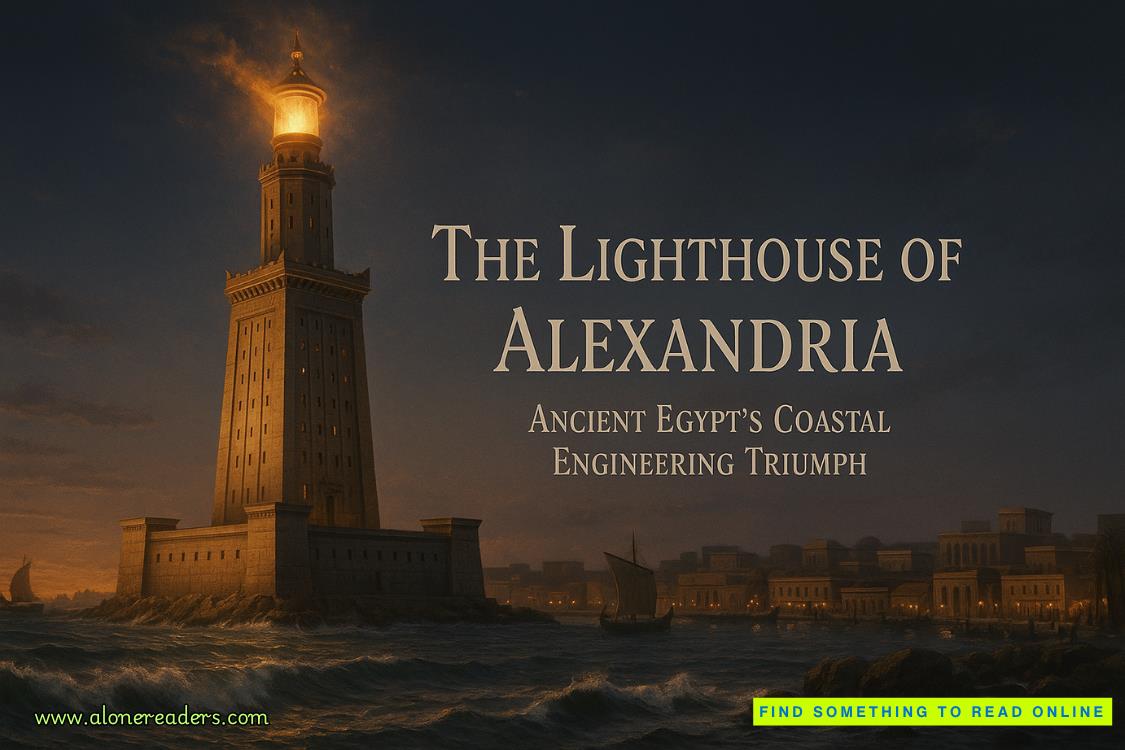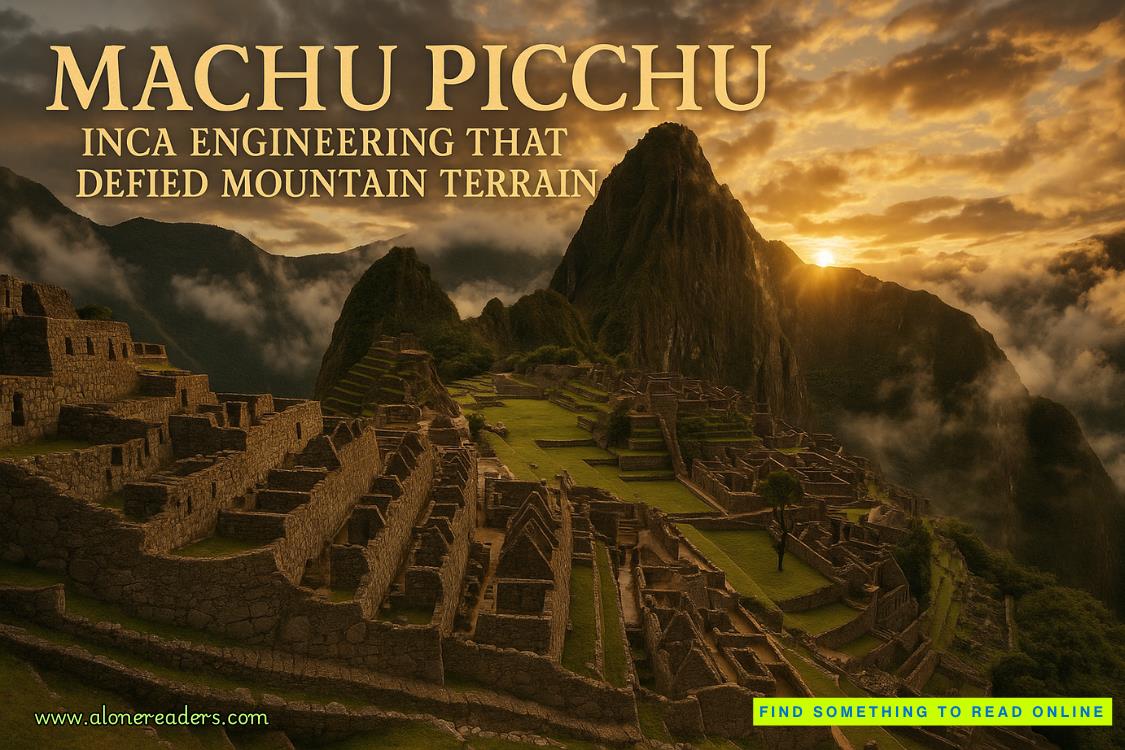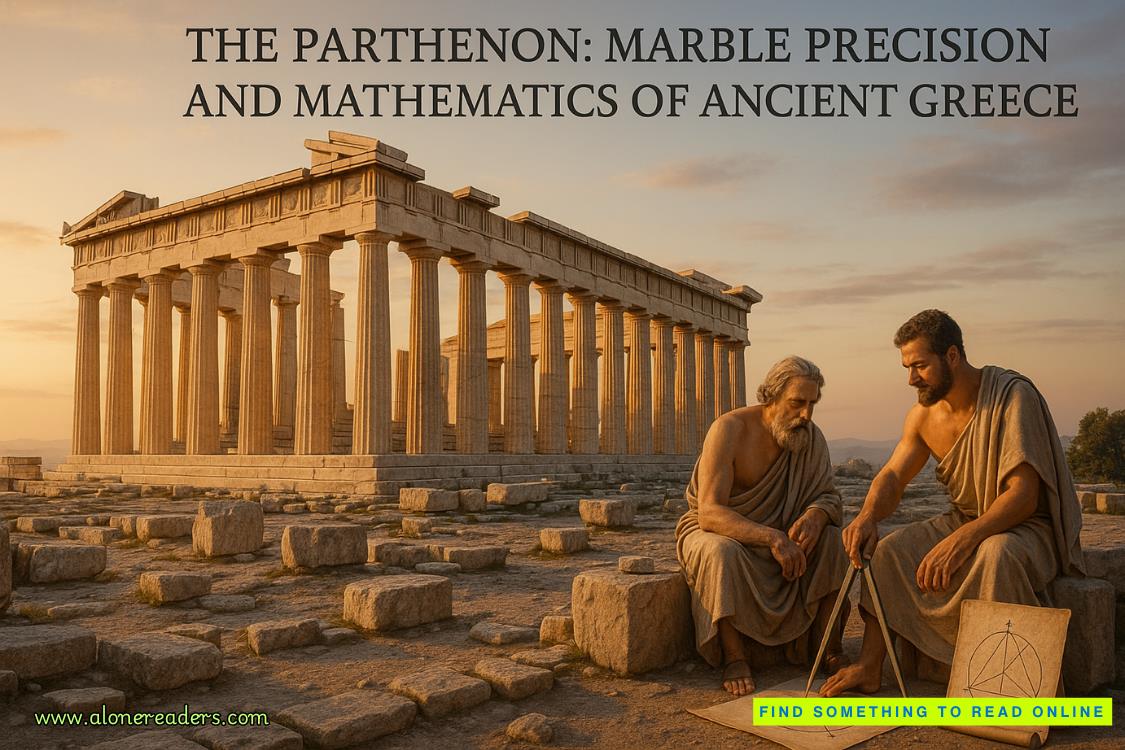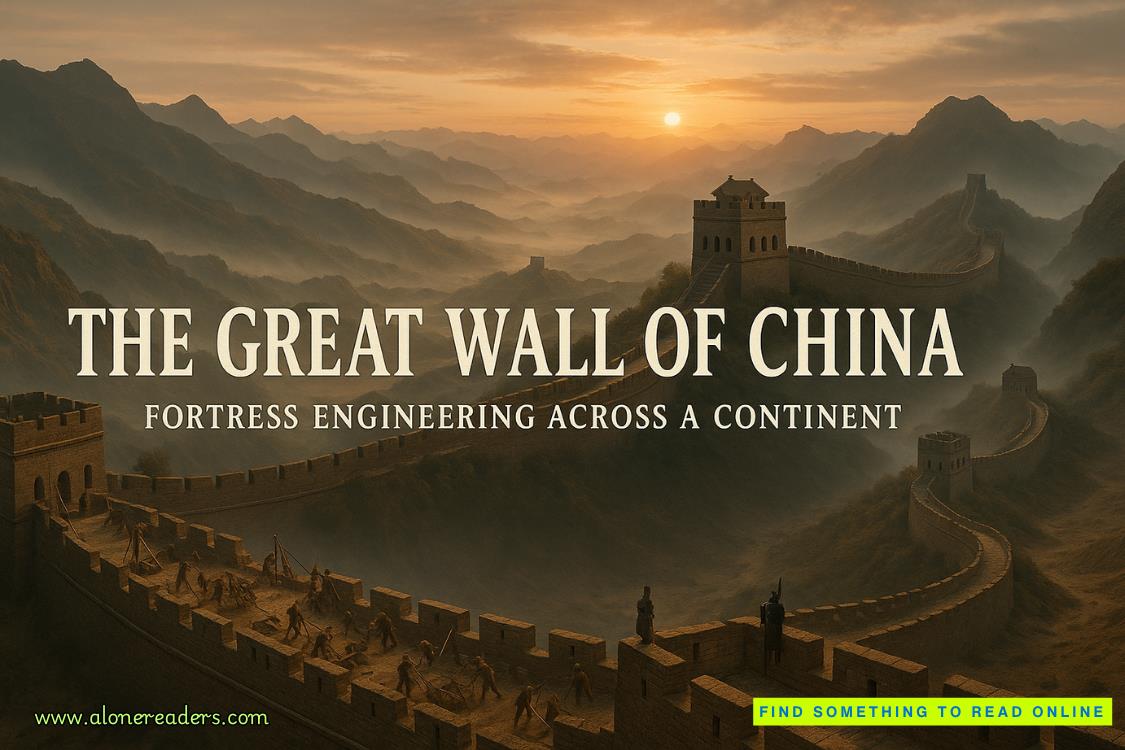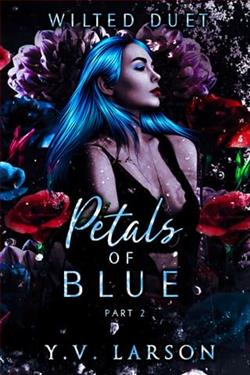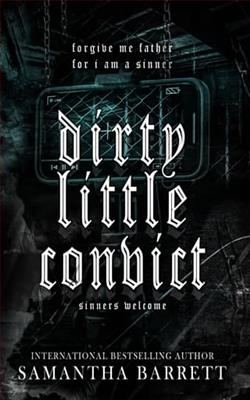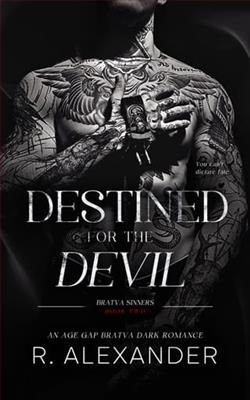Page 21 of Experimental Film
“Like who?” Again, I just waited. Sharper: “So you don’t want to work with me—is that it?”
“Not on this, no. Sorry.”
“Yeah, right. ’Cause saying that makes it all better.”
Now it was my turn to get shirty, standing straight up, pulse already starting to jitter. “Look, you want me to say it right out? Then okay: frankly, I don’t trust you, and you want to know why? Because the one thing I know for sure is that by your own admission, pretty much your first impulse after seeing Mrs. Whitcomb’s work was to jack random bits of it—”
“Sample!”
“—then smuggle them out under your shirt and, well . . . I won’t quite say ‘pass it off as your own,’ ’cause there’s no way you could, but definitely try and use it to make your pretentious crap look a little better.”
I heard him huff, then take a beat before replying, teeth audibly gritted—
“You know, legally, those films don’t belong to anybody. Not her, not me, not you, not Jan.”
“No argument there. Who they belong to is all of us—everybody. To Canada.”
“‘To Canada,’ really? The Maple Leaf Forever! Oh, grow the fuck up.”
“I’m sorry—am I crazy, or did you actually say exactly that to me at Sneaky Dee’s, drunk or not? Wait, I know: yeah, you did. I’ve got you on tape.”
“You stole this from me.”
“I stole from you, right—stole the thing you stole from your boyfriend, which is why you’re not attached to this anymore in the first damn place. The thing you spun into a film that you went ahead and showed in public, where anybody with half a brain could see it and pick up the connections. . . .”
“‘Connections’? Fuck you, I gave you all that! Don’t pretend like you’re the Sherlock fuckin’ Holmes of CanCon, Lois—”
“Look, just shut the fuck up right there, okay? Because at no point in our conversation did you say the words Mrs. or A. Macalla or Whitcomb. You said Lake of the North, yes, Quarry Argent, yes, but I was the one who remembered ‘Lady Midday.’ And I really doubt to hell and back that any other random critic could have done that, especially somebody down on their luck enough to get sent to watch some no-budget programme of experimental fuckin’ films at the goddamn Ursulines Studio.”
“Lady who, now?”
I laughed. “Exactly. Holy shit, you need to get over yourself.”
“Pot to the kettle, baby.”
“Whatever, Wrobert. Thanks again, better luck next time. Hanging up, now, and by the time you try to call back, I’ll have your ass blocked.”
I thumbed the icon, sat down again, and took a long breath. Palms were clammy. Felt the charge prickle as it faded, warming me from the inside out, and felt . . . better than I had in ages, actually, like I was finally awake, alive. Like I was whole. The person I barely remembered once having been, back when.
I didn’t tell Simon about any of this, naturally; he’s big on reconciliation, not burning bridges, my sweet Catholic boy. Besides, it didn’t seem to matter, aside from the brief natural high. I had work to do.
So I opened Contacts, ran my thumb down to “S,” and called Safie Hewsen.
ACT TWO
FILM
When I was a kid, I used to dream about angels. Some people might find that comforting, but I didn’t—mainly because the way I was brought up virtually guarantees that “angels” mean something substantially different to me than whatever they probably mean to you.
“Here is the world, Safie-girl,” my Dédé Aslan used to say, “and our place in it. Here are seven angels, one with peacock feathers for wings and a crown, but no devil. And here also is God, behind it all, who created both Himself and them, whereby everything else was created. Yet there are other things as well, you must remember—things which have always been, which fools without true religion sometimes choose to worship, or trick themselves into worshipping. Small gods for small minds, trapped in small places. And while these creatures’ scope is narrow, as with all half-made things, their reach can be long, long . . . just so long as their names are still known in this world, so they may hear them whispered somewhere, recognize themselves, and come calling. . . .”
My Dédé knew all about weird religions from personal experience, and he passed that knowledge on to all of us, or at least tried to. That’s what made me want to make films in the first place.
That’s from Safie Hewsen’s pitch doc for Seven Angels But No Devil, the film she made as her Practical Production course thesis project. I still remember reading these words and feeling an immediate stab of sympathy, a sense of kinship, because I’d had very similar dreams all my life—though me being me, they were really more like nightmares.
I’d find myself back in the McLaughlin Planetarium, closed since 1995 due to provincial budget cuts at its sister institution, the Royal Ontario Museum; I’d sit there staring upwards with my neck slightly crimped, as if in a dentist’s chair, while the central Zeiss-Jena projector (since sold to the University of Toronto for the grand sum of a dollar, then broken down for parts) ticked back and forth, casting star-maps up onto the domed darkness. The movement was vertiginous yet weirdly lulling, white holes of light in a fake black “sky” blending and flowing without pause, brightening intermittently to form constellations—Orion’s Belt, Ursa Major and Minor, Draco—while a soothing voice I could never quite recognize droned faintly on about how long light from those same stars took to reach Earth.
On bad nights, the maps would gradually shift, showing how universal expansion would eventually deform each pattern far beyond recognition, as the sun swelled to engulf our world before shrinking to a cinder, a gravity-torn hole sucking everything into itself till it simply went out. Or they’d turn negative, revealing various deep-sky objects hidden within these cheerfully familiar mythological constructs: galaxies, dwarf or otherwise; quasars and pulsars; dark cloud constellations. The Great Rift, a series of dark patches in the Milky Way, more visible and striking in the southern hemisphere, where Australian Aboriginal star charts described an “emu in the sky” between the Southern Cross and Scorpius, its half-lifted head formed by the Coalsack Nebula. . . .




